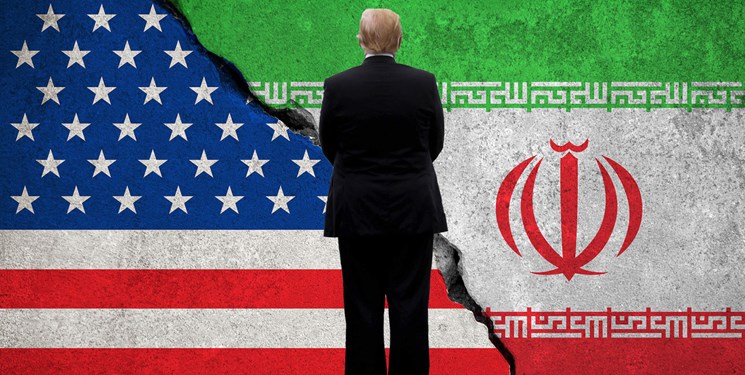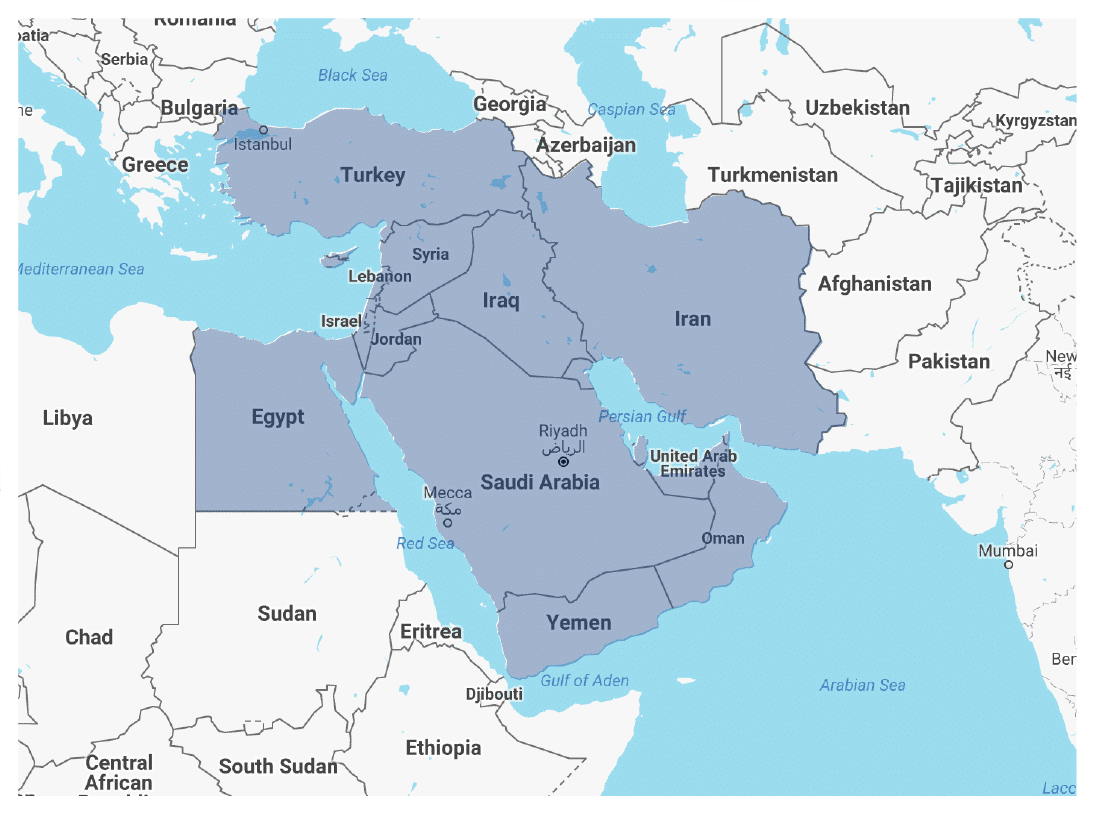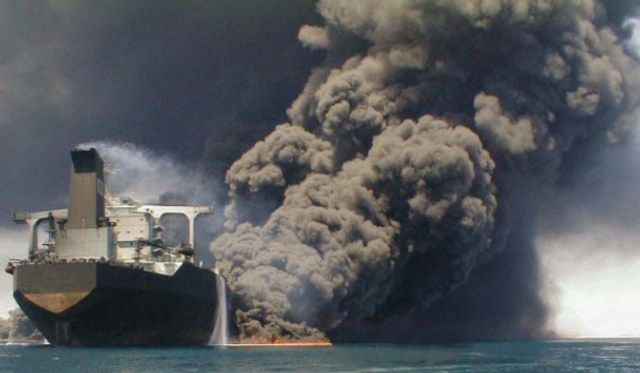US Strategic Mistakes on Islamic Republic of Iran

About Warnalysis:
This is a constructed term, composed of Warning and Analysis. Warnalysis Tries to give strategic view about consequences of possible events on regional and global peace and security.
Farzad Poursaeed
Introduction
Since Donald Trump took office as president of the United States and the neoconservatives and neo-Reaganites ascended to power at the White House, a number of institutions and foundations—which serve as think tanks, propose ideas in the field of foreign policy, and advise the White House—have become more active and have been attempting to sway and alter US foreign policy, particularly on Russia, China, Iran, and North Korea. The Foundation for Defense of Democracies (FDD) is one of these think tanks, which is based in Washington and worked hard in an influential way over the past years to undermine the Iran nuclear deal, formally known as the Joint Comprehensive Plan of Action (JCPOA), and convince the US to pull out of it. The think tank, whose members include foreign-based Iranian opposition radicals such as Saeed Ghasseminejad, is one of the main architects of the US trade war against Iran and its decision to reimpose the so-called “crippling” sanctions on the country. The content of FDD’s website and the analyses written by the foundation’s members about Iran show that although it says the primary and minimal goal of the economic, political and psychological warfare against Iran is regime change (change of behavior), its maximum and ultimate objective is to bring about the collapse of the Islamic Republic as a “state”, which can even include the country’s territorial disintegration. In other words, the ultimate objective pursued by the neocons and neo-Reaganites—in case it is not possible to change the Islamic Republic’s establishment and bring a puppet regime to power—is to make the Iranian government fragile and eventually cause the territorial breakup of the country by drawing upon its multi-ethnic nature.
Although this plot entered the execution stage after Trump announced that the US is withdrawing from the nuclear accord, its core components demonstrate the United States’ contradictory stances and mistakes toward the Islamic Republic, which are going to be discussed here.
First mistake: Attempting to install a puppet regime in Iran
Washington’s first strategic mistake in pursuing such a project is that it assumes the Iranian government can be turned into a regional lackey of the United States and other Western countries so that their interests can be served and their security costs in the region can be reduced. This assumption is basically false and wrong and shows that those who have devised this plan do not have an accurate understanding of Iranian history—which is one of the factors that have shaped Iranians’ strategic culture—and have not learned any lessons from past developments in Iran. Throughout history, except for a short period, Iranians have never been anyone’s pawn and have always chosen to withstand problems and difficulties rather than losing their honor and dignity. That is why the short period that began after Mohammad Reza Pahlavi was brought back to power following the 1953 coup d’état eventually led to the Islamic Revolution—which was staged by the Iranian people with the aim of restoring national dignity—and the fall of the Pahlavi regime. So any effort to install a puppet regime in Iran will prove futile, and, even if successful, will not lead to a permanent situation. Iranians have always held their heads high and do not want any outsider to rule over them—an attitude that is one of the main components of their strategic culture.
Second mistake: Ignoring Iran’s natural influence in the region
The second mistake made by those who have hatched this plan and the ruling clique at the White House is that they have ignored the natural influence that the Islamic Republic of Iran wields in the region. Iran’s “natural” influence among regional nations and governments does not mean that it only has influence among the Shias in the region, but rather it means the country’s influence goes beyond religious boundaries and has deep roots in its history and civilization, and is in fact cultural. In many cases, even non-Shia groups have asked Iran to play the role of a mediator and help resolve their problems, and such requests have not been limited to the era of the Islamic Republic. So the nature of Iran’s influence is different than that of regimes such as Saudi Arabia and the Zionist regime, and that is why former US president Barack Obama had repeatedly reminded Riyadh that it should acknowledge Tehran’s regional influence. Although the neocons have drawn an analogy between the Iranian influence and that of the former Soviet Union among its satellite nations in the Eastern Bloc during the Cold War, the reality is that Iran’s “natural” influence in the region does not entail high financial and economic costs and, rather than being an Achilles heel, is a strategic advantage that can help Iran reduce its costs in the region while maintaining its great and decisive influence.
Third mistake: Failing to understand the historical nature of the Iranian nation
The third mistake of those involved in developing this project is that they have no understanding of the difference between the fabric of nations such as the Iranian nation and that of post-Westphalian nation-states in the Middle East, including Iraq, Syria, Lebanon, Jordan, and even nations such as the former Soviet Union, and treat them the same. This is while countries such as Iran, Egypt, and China are among ancient and pre-Westphalian nations, meaning that they have not been made up of separate nations and in an artificial way and that the relationship between their various ethnicities is quite close and intertwined. So likening the potential territorial disintegration of Iran to the collapse of the former Soviet Union is basically unwise and a blatant strategic mistake, just as drawing a parallel between the potential breakup of Iraq and the potential disintegration of Iran is a simplistic approach. In other words, relations between different social groups in Iran are so interwoven that cannot be broken off through a political and economic warfare or even military intervention.
Fourth mistake: Failing to appreciate Iran’s role in enhancing security
The United States’ fourth obvious strategic mistake in the new era is that, amid efforts to weaken the government in Iran, it has been disregarding the role of Iran as a state in promoting security in the region, particularly through maintaining the balance of power against terrorism and religious extremism. Regional experiences in recent years have shown that no government in the region has the necessary political will, strategic capabilities, or the geographical potential to confront and keep the balance of power against terrorists and extremist religious groups in the region, and if the government in Iran becomes fragile, Takfiri terrorists will see the biggest obstacle in their path removed, and this will increase the cost of preserving regional and even global security, with the US becoming the biggest loser in the new status quo.
Conclusion
Explaining some of US strategic mistakes in pursuing the new project to confront the Islamic Republic made it clear that, due to the simplistic views of its initiators, it will not achieve even its minimal objectives, and, at the maximum, will succeed in weakening the government in Iran. The more fragile the Iranian government becomes, the higher the security costs of the US and other Western countries will go, and US aggressive policies toward Iran will boomerang on itself. In other words, the greatest strategic mistake by White House officials is that they have failed to consider the unintended consequences of their policies in the region, particularly toward the Islamic Republic of Iran.


